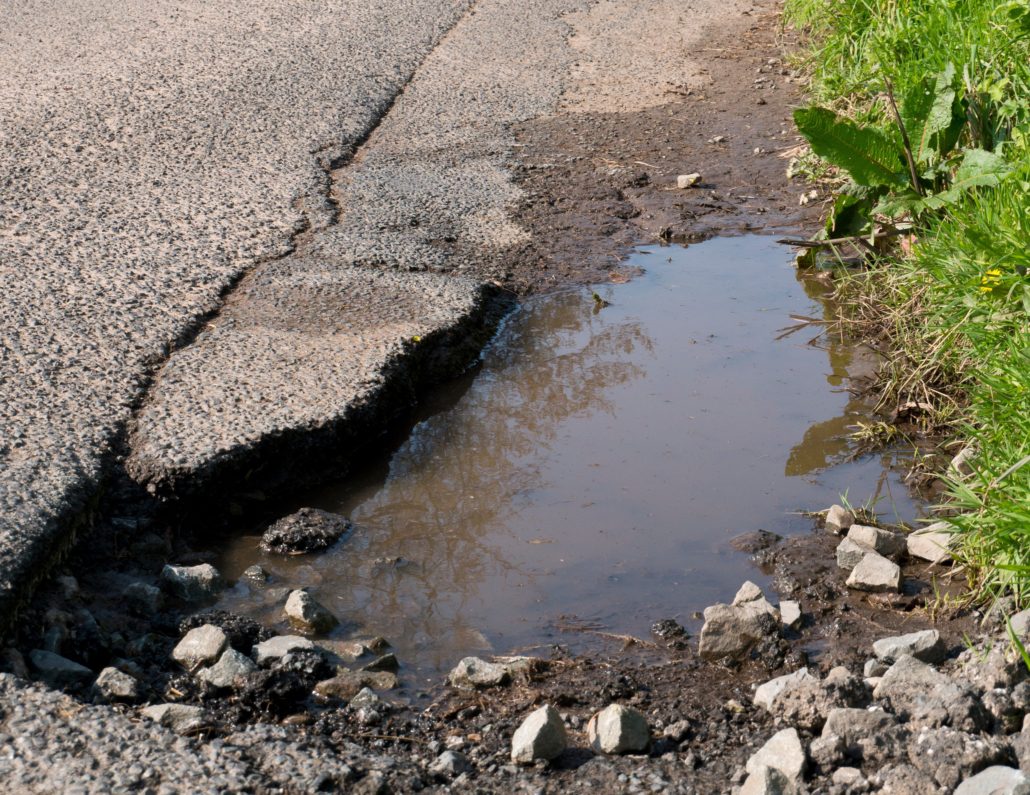As the state of Britain’s roads seemingly continues to deteriorate, concerns over safety and maintenance costs are mounting. Potholes, cracks, and general wear and tear seem more prevalent than ever, posing significant risks to drivers, cyclists, and pedestrians alike. Despite substantial investments in road maintenance, the visible decline in road quality raises questions about the effectiveness of current strategies and the true cost of keeping our roads safe.
The RAC attended 7,904 breakdowns in the first quarter of 2024 due to bad road surfaces, up 53% on the last three months of 2023, a clear sign that the UK is suffering a pothole epidemic as roads continue to crumble.
A 2021 survey marking National Pothole Day found that 21% of cyclists had been in an accident because of a pothole, with 22% of those experiencing personal injury and according to Cycling UK, in the past seven years, at least 255 people have been killed or seriously injured while cycling due to the UK’s crumbling roads.
Some core accident statistics on driving for work:
Source: Driving for better business
- Nearly 1 in 3 road deaths involves a driving-for-work trip
- 39% of pedestrian deaths involve a working driver
- One in five casualties involves a driving-for-work trip
This article delves into the financial and safety implications of maintaining Britain’s roadways, exploring innovative solutions and proactive measures that can help restore and enhance the safety of our roads for everyone.
Survey by the AIA – Asphalt Industry Alliance
Almost all respondents of the independent survey said the structural condition of their network has declined or remained the same
Each year the AIA commissions an independent survey of local authority highway departments in England (including London) and Wales. The aim of the survey is to take a snapshot of the general condition of the local road network, based on information provided directly by those responsible for its maintenance.

Almost 95% of ALARM respondents in England and Wales stated that the structural condition of their network has actually declined or, at best, remained in a steady state over the last 12 months.
The current maintenance backlog sits at 10 years. This is the average number of years needed to clear carriageway maintenance backlog.
The combined estimate for a one time ‘catch-up’ cost which is over and above what local authorities indicate they already receive for England and Wales is now £16.3 billion – the highest reported in ALARM. It is the third successive year that the figure has jumped (2022/23: £14.02bn; 2021/22: £12.64bn; 2020/21: £10.24bn).
Recent incident of a diesel spill in Surrey

When setbacks happen such as the incident of the diesel spill on the A24 in July this year, where 400 litres (88 gallons) of fuel were leaked along 10 miles of roads in Surrey, this sets the budgets back even further. In this particular case, parts of the A24 had to be resurfaced due to the extent of the damage.
Most common problem on Britain’s roads – Potholes!

2 million potholes were filled over the last year, up more than 40% from 1.4 million last year. That is equivalent to one every 16 seconds.
Pothole filling had fallen to its lowest figure in a decade as inflation puts a squeeze on council budgets.
One way to reduce the number of potholes needing filling is to fix the road condition before it becomes a pothole.
Surface Dressing – Cheaper, quicker and more eco friendly
The way to improve our roads in the long term is to stop potholes forming in the first place. This can be achieved through the planned application of treatments before the development of serious surface defects occur.
Previous research from AIA has shown that it is 20 times more expensive to carry out reactive maintenance such as filling potholes. Surface dressing presents one of the most proactive solutions.
Top benefits of surface dressing:
- Seals the road surface, stopping the ingress of water, preventing potholes forming.
- Uses up to 75% less bitumen.
- Uses up to 80% less aggregate per square metre than thin surface (asphalt) courses.
Surface dressing involves a proven technology using polymer modified high performance bituminous emulsion together with modern planting equipment.
This process means that a typical 6-metre-wide road that is 1km long can be surface dressed for approximately £30,000 and has a service life of 10-15 years.
Sources
You can read the full ALARM report here:
https://www.asphaltuk.org/wp-content/uploads/ALARM_Survey_2024.pdf
https://www.cyclinguk.org/press-release/britains-pothole-crisis-costs-lives-says-cycling-uk
https://highways.today/2023/08/03/british-roads-safe/
https://www.drivingforbetterbusiness.com/articles/landmark-study-reveals-driving-for-work-death-toll






